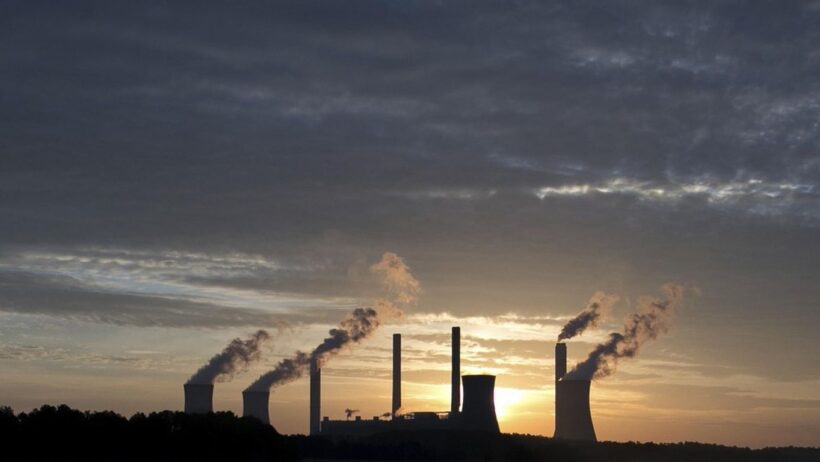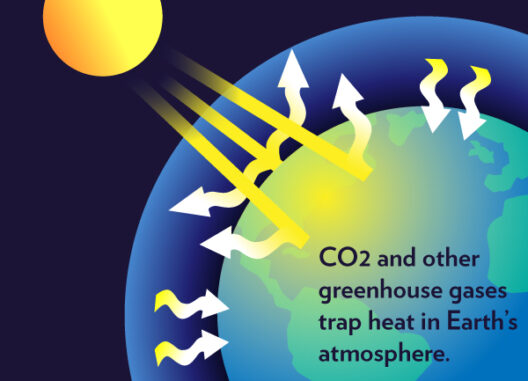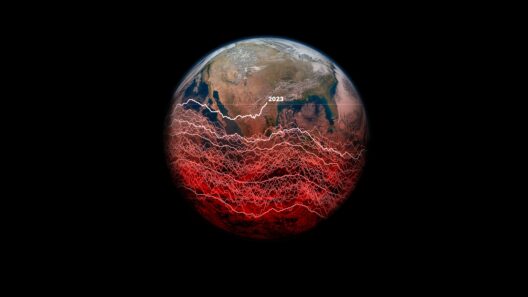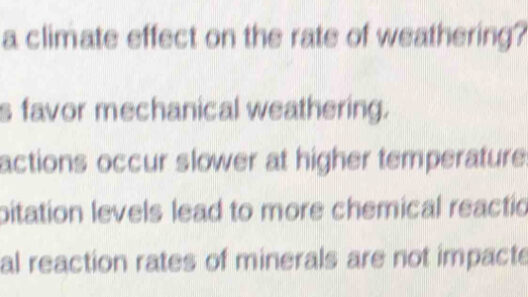The climate crisis is often likened to a simmering cauldron, where the heat is discreetly turning up beneath the surface while the epicurean cooks remain blissfully unaware of the impending boil-over. This analogy serves as a meticulous reminder that the manifestation of climate change is neither a distant threat nor an ephemeral concern—it is a tangible dilemma that demands urgent attention and action. The fallout from this looming catastrophe permeates every facet of our existence, influencing weather patterns, biodiversity, and global economies.
The discussion around climate change may often feel abstract, yet the impact is profoundly visceral. Cities are experiencing unprecedented heatwaves, polar regions are shedding their icy crowns, and ecosystems are struggling to adapt to rapid changes. To truly grasp the gravity of the situation, one must delve into the multifaceted consequences of climate change, exploring both the visible and invisible fallout.
Understanding the Science: An Unraveling Tapestry
The tapestry of climate science is woven from intricate threads of atmospheric data, carbon emissions, and feedback loops that interconnect to form our planet’s climatic integrity. The greenhouse effect, a natural phenomenon essential for life, has been exacerbated by anthropogenic influences. The proliferation of carbon dioxide and other greenhouse gases into the atmosphere traps heat more effectively, resulting in a steady rise in global temperatures.
At the forefront is the relentless increase in average surface temperatures. The last century has witnessed a rise of approximately 1.2 degrees Celsius—a seemingly innocuous figure that conceals a cavalcade of climatic upheavals. This surge has amplified the intensity and frequency of natural disasters, leading to ferocious hurricanes and tempestuous droughts. The repercussions are felt from rural farmlands suffering from parched soils to urban landscapes clad in humidity-laden smog. Each facet of this environmental metamorphosis ripples outward, impacting food security, health, and economic stability.
The Human Experience: Perspectives from the Frontlines
Climate change is not merely a scientific concept; it is an existential reality bearing down upon the lives of billions. Communities around the globe are grappling with the fallout of environmental degradation, oftentimes bearing the burden disproportionately. The phrase “climate refugees” has emerged in contemporary discourse to encapsulate those forced to abandon their homes due to rising sea levels, increased desertification, and natural calamities fueled by the changing climate.
In the coastal regions of Bangladesh, for example, the encroachment of the sea transforms tranquil villages into ghost towns, forcing families to relocate and dismantling their cultural foundations. On the other hand, in regions stricken by drought, such as the horn of Africa, livelihoods dependent on agriculture are decimated. Farmers, once the backbone of their communities, now find themselves in a relentless battle against the elements.
The so-called “climate refugees” illuminate a stark reality: the fallout of climate change is a human crisis. The dignity of individuals is at stake, and whole communities are grappling with the implications of a warming world. The stories of these individuals and communities ought to invoke empathy, inspiring a collective response rather than desensitization in the face of alarming statistics.
Policy Response: Navigating the Political Landscape
As the consequences of climate change become increasingly apparent, the imperative for robust and decisive policy measures becomes undeniable. Governments worldwide are tasked with the dual responsibility of mitigating emissions and adapting to the environmental changes that are already in motion. The juxtaposition of ambition and urgency epitomizes the delicate dance political leaders must perform to address this crisis effectively.
International agreements such as the Paris Agreement signal a recognition of the need for collaborative efforts in combating climate change. These accords offer frameworks for countries to set legally binding targets for reducing greenhouse gases, thus delineating a path toward sustainable development. However, the effectiveness of such policies hinges upon their implementation and the willingness of nations to transcend geopolitical interests in favor of collective wellbeing.
Furthermore, grassroots movements are gaining momentum, demonstrating that the desire for an environmentally sustainable future resonates within societies across the globe. Young activists, in particular, have taken to the streets and social media to galvanize support for climate action. Their persuasive calls to engage in environmentally friendly practices remind us that individuals possess the power to effectuate change at local and global levels.
Conclusion: A Call to Action
The fallout of climate change unfolds before our eyes, manifesting in the struggle of people, ecosystems, and economies. It is imperative that we engage with this discourse not as detached observers but as active participants in a movement advocating for sustainable practices. The time has come to confront climate change not just as an environmental issue, but as an ethical one—one that influences the very fabric of humanity. By collectively acknowledging the urgency of the situation and facilitating comprehensive strategies, we can curb the implications of climate change and endeavor towards a future that nurtures both our planet and its inhabitants.







